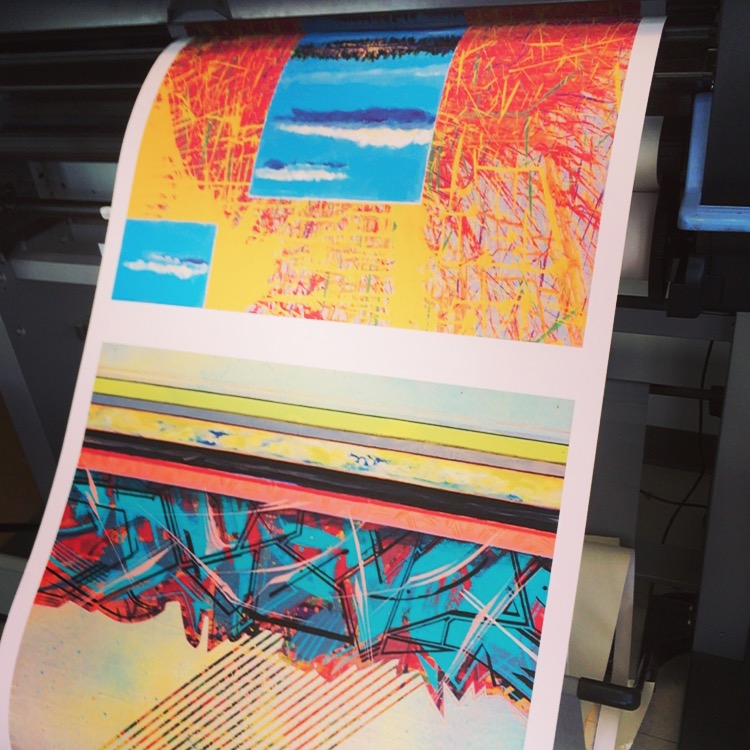


Giclée print also lends itself to almost any type of artwork. This longevity is a key differentiator, because the type of archival inks used on Giclée printers won’t fade when displayed in normal conditions indoors colours will retain their brilliance for a lifetime. Where Giclée really comes into its own is in the production of wall art, where customers are very discerning and want top quality that lasts. What images are best suited to Giclée printing?

In the case of recreating artwork such as a watercolour print, the end result is almost indistinguishable from the original. In other words, more depth and richness to the final print, which helps to create stunning vibrant artwork with amazing reproduction. This gives much smoother gradient transitions and a wider colour gamut. Whereas many traditional print technologies - such as lithography - use the classic CMYK 4-colour combination (in some instances with the addition of a pantone referenced spot colour) Giclée printers use up to 12 individual colours. What’s the main difference between Giclée and other print technologies? Today, it’s used to describe fine art printing using pigment based, archival quality inks, manufactured on advanced inkjet printers. The term Giclée - pronounced gee-klay - was initially coined by printmaker Jack Duganne in 1991. But what exactly is Giclée? Why is it superior print technology and why should you use it to reproduce your print on demand artwork?Īs you may have already guessed thanks to the accent, Giclée derived from a blend of French words gicleur, which is a technical term for a nozzle or jet, and gicler, to spray out. If you’re an artist or an art collector, you may already know that Giclée fine art printing is the gold standard when it comes to producing museum-level quality prints.


 0 kommentar(er)
0 kommentar(er)
